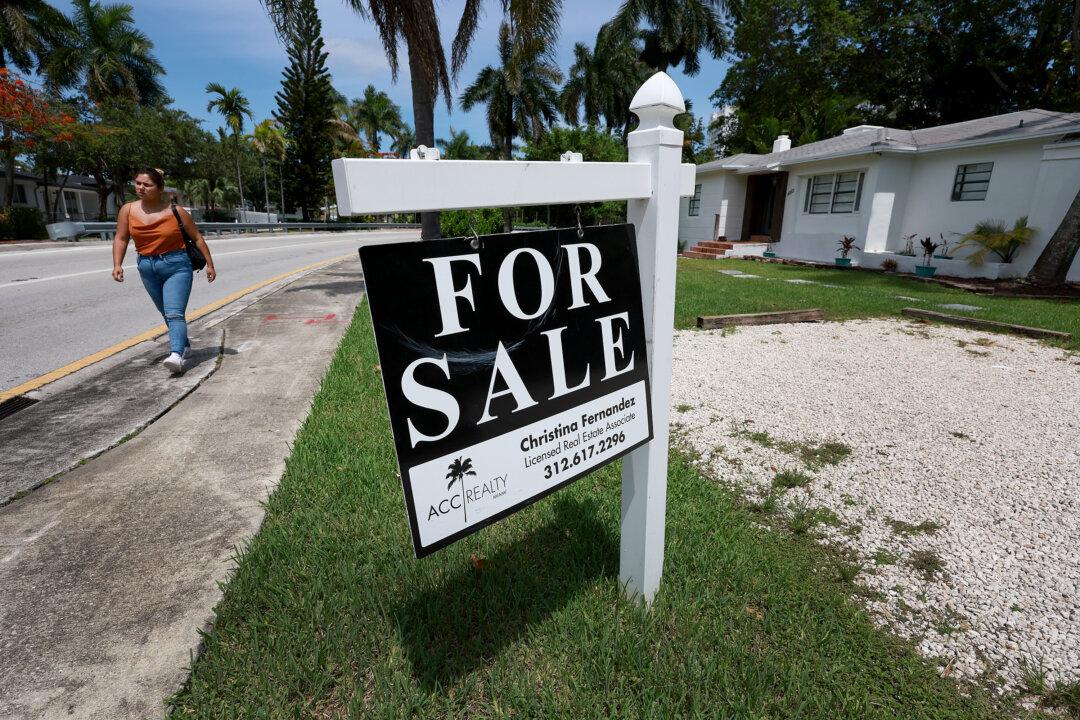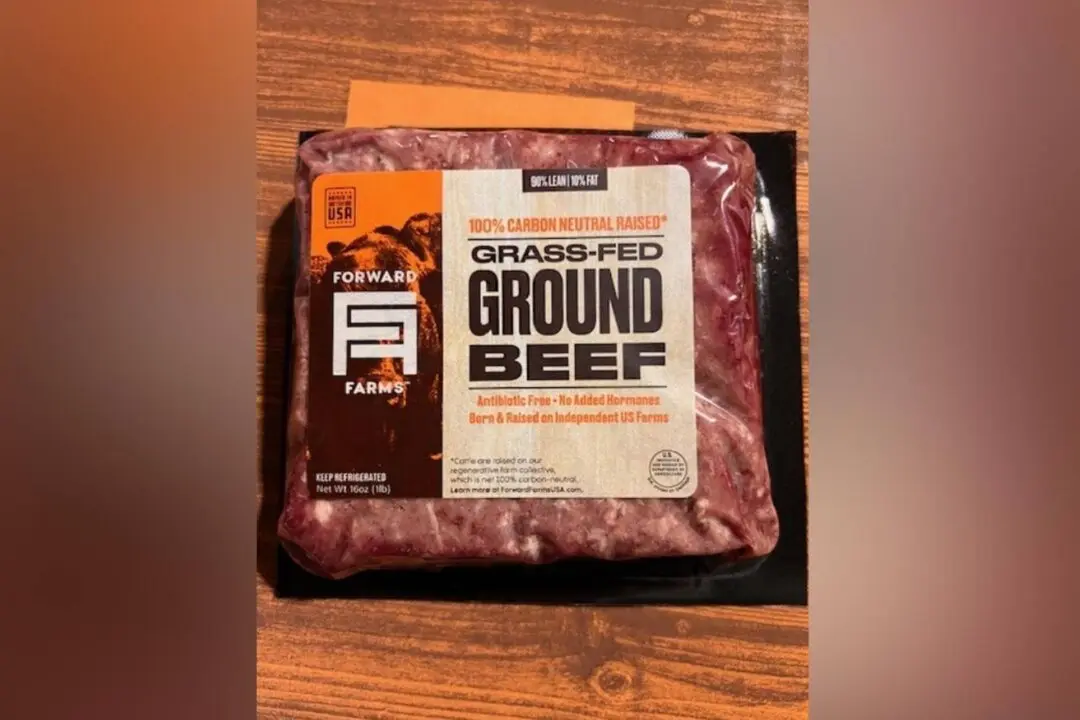Demand for mortgages has fallen to a multi-decade low amid rising interest rates that have hit record levels, according to the Mortgage Bankers Association (MBA).
MBA’s Market Composite Index, which measures the volume of loan applications, fell 4.5 percent for the week ending Oct. 14 from a week earlier on a seasonally adjusted basis, an Oct. 19 press release from the organization states. Mortgage applications have fallen for four straight months, with the current level being the lowest since 1997.





